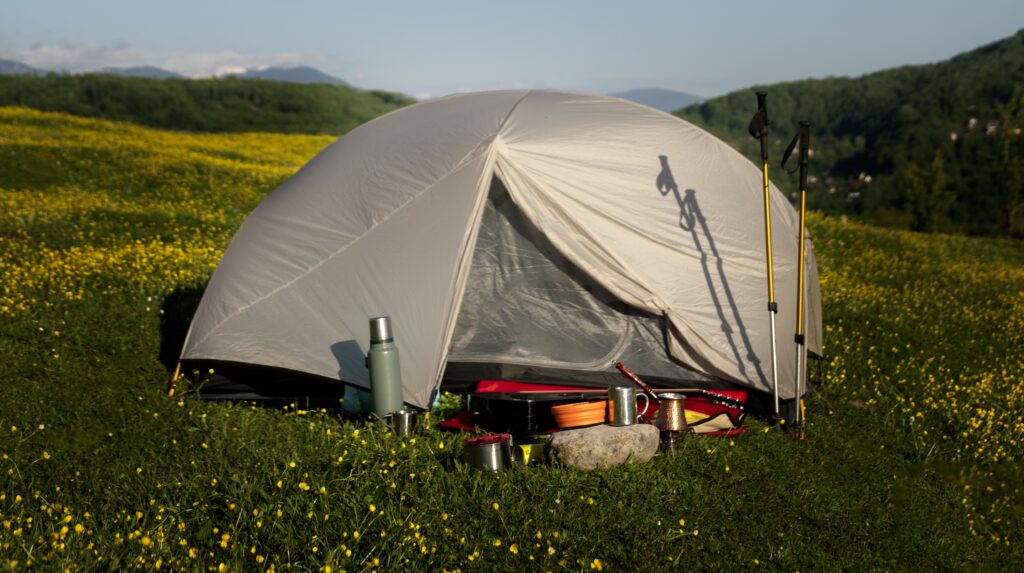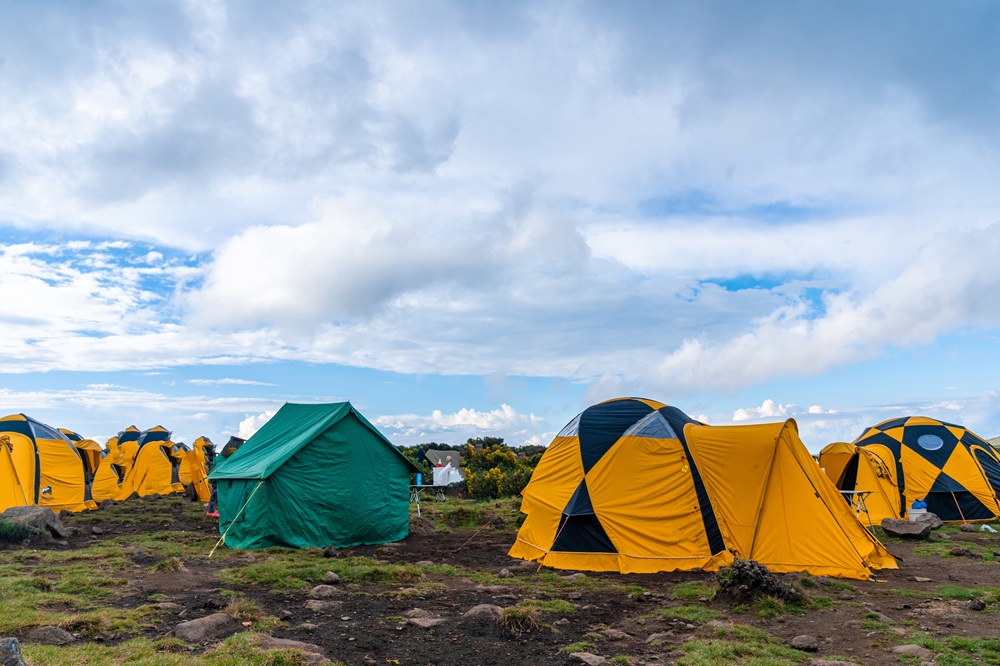When you invest in quality outdoor gear, proper maintenance becomes essential.
Your wilderness shelter, whether it’s one of those popular big agnes tents or another brand, needs regular care to withstand harsh elements.
With the right approach, you can significantly extend its lifespan and save hundreds of dollars in replacement costs.
Why Shelter Maintenance Matters?
Your shelter is your home away from home in the wilderness. Proper care not only saves you money but also ensures your safety during outdoor adventures. A well-maintained tent can last 7-10 years, while neglected ones might only survive 2-3 seasons.
Think about it – would you rather spend $300-600 on a new tent every few years, or take simple steps to make your current one last longer?
Essential Cleaning Techniques
After returning from your adventure, take time to clean your shelter properly. Never store a dirty or damp tent – this simple mistake can destroy even the most expensive shelters.
Set up your tent in a shaded area and gently remove loose dirt with a soft brush. For stubborn spots, use lukewarm water and mild soap (never harsh detergents). Rinse thoroughly and let it dry completely before packing.
For deeper cleaning needs, follow this guide:
| Issue | Solution | How Often |
| Dirt and dust | Soft brush and water | After each trip |
| Tree sap | Alcohol-based hand sanitizer | As needed |
| Mold and mildew | Mixture of 1 cup white vinegar to 1 gallon water | As needed, immediately when spotted |
Smart Storage Solutions
How you store your tent matters more than you might think. After ensuring it’s completely dry, loosely fold it and place it in a cool, dry storage area.
Avoid the common mistake of keeping your tent compressed in its stuff sack for long periods.
This weakens the fabric and weatherproofing coatings. Instead, use a larger storage bag or old pillowcase that allows the materials to breathe.
Many outdoor enthusiasts don’t realize that improper storage causes up to 40% of premature tent failures, according to outdoor gear specialists.
Waterproofing and Seam Care
With time and use, your shelter’s waterproof coating will wear down. Check your tent’s seams and rainfell before each trip. If you notice peeling or flaking on the seams, it’s time to apply seam sealer.
For the tent body and rain fly, use appropriate waterproofing products designed for your specific tent materials.
Typically, you’ll need to reapply waterproofing treatments every 1-2 years depending on use frequency and conditions.
Handling and Setup Best Practices
How you handle your shelter during setup and takedown greatly affects its lifespan.
Always clear your campsite of sharp objects before pitching your tent. Using a footprint or ground cloth adds an extra layer of protection against moisture and abrasion.
When setting up, avoid excessive tension on poles and fabric. Take your time inserting poles into their sleeves rather than forcing them. When taking down your shelter, fold rather than stuff it, and never pack a wet tent if you can avoid it.
Repairs You Can Do Yourself
Small tears and broken zippers don’t have to mean the end of your shelter. Learning basic repair skills can add years to its life.
For small holes, use repair tape or patches designed for tent fabrics. Broken zippers can often be fixed with zipper lubricant and careful realignment.
For more complex issues, many outdoor companies offer repair services at a fraction of replacement costs.

Season-Specific Care Tips
Your shelter faces different threats in different seasons. In humid summer conditions, mildew becomes your main enemy.
In winter, take extra care with snow removal to prevent fabric stress.
In extremely humid environments, consider unpacking and airing out your tent every 2-3 weeks during storage.
Final Thoughts
With proper care, your wilderness shelter can be a reliable companion for many adventures to come.
The small effort of maintenance pays off not just in money saved, but in the peace of mind knowing your shelter won’t fail when you need it most.
Remember that the best shelter care happens consistently over time – not as a desperate measure when problems arise.
By making these practices part of your regular outdoor routine, you’ll enjoy many more nights under the stars in comfort and safety.


